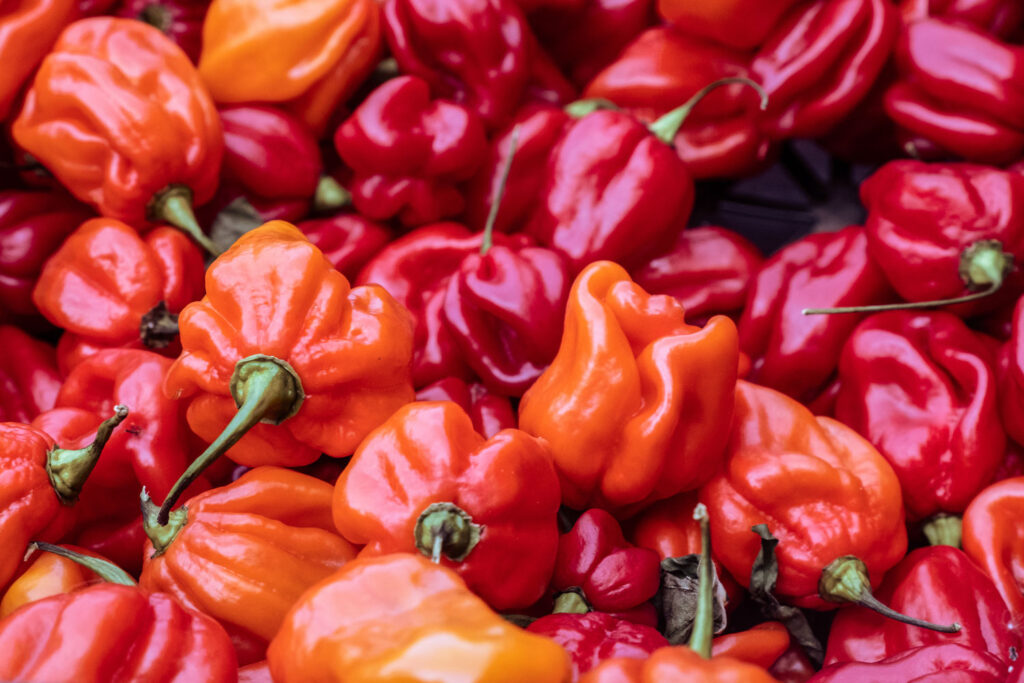As we celebrate Black History Month, it’s important to remember that contributions from the Black community extend far beyond the stories we hear in history books. In the world of gardening and horticulture, Black British gardeners have quietly made a significant impact on how we grow, nurture, and think about the land. Their contributions are often overlooked, yet they have played a vital role in shaping British gardens, and their influence can still be seen today.
I would like to celebrate these often unsung heroes by exploring their contributions to British gardening and horticulture and how their legacy influences our modern practices.
One of the lesser-known figures in British horticultural history is John Edmonstone, a Black botanist who played a significant role in spreading botanical knowledge in the 19th century. While his influence was more academic, his work in botany set the stage for many of the practices we use today. Edmonstone, originally from the Caribbean, taught Charles Darwin the taxidermy skills that would later be instrumental in Darwin’s botanical studies. His knowledge and passion for plants reflect the deep connection between the African diaspora and nature – a bond still enduring in British gardening.
One of the most visible ways Black British gardeners have enriched the UK gardening scene is by introducing crops with African and Caribbean roots. While our British climate might not be naturally suited to growing tropical plants, the ingenuity of these gardeners has helped find ways to cultivate foods like callaloo, scotch bonnet peppers, and cassava in local gardens and allotments. These crops bring a rich cultural heritage and flavour to the British table, making gardening an avenue for cultural expression and sustainability.

For those of us here in Derbyshire, we might be familiar with seeing crops like runner beans, carrots, and potatoes flourishing in our allotments. But there’s been a growing movement to embrace a more diverse range of crops. If you’ve ever been curious about adding something different to your plot, perhaps this is the time to experiment. Why not try your hand at growing callaloo, a popular leafy vegetable in Caribbean cuisine? It’s a relative of amaranth, which can handle the British climate quite well.
In cities across the UK, particularly in London and Birmingham, Black-led community gardens are helping to revitalise urban spaces. Initiatives like the Black Rootz gardening collective grow food and nurture a sense of empowerment and community. These gardens provide local Black communities with opportunities to connect with their heritage, learn valuable skills, and access fresh produce, which is often lacking in urban areas.
Closer to home, while Derbyshire may not have the same density of urban gardening projects, we can take inspiration from these initiatives to foster community spirit in our gardening clubs and allotments. It’s a reminder that gardening is not just about the plants – it’s about people, heritage, and resilience.
Celebrating Diversity in the Garden
At its heart, gardening is a celebration of diversity – of plants, people, and cultures. Black British gardeners have contributed greatly to our understanding of sustainability, community, and creativity. Whether it’s through growing crops that reflect their heritage or bringing a fresh perspective to urban farming, their impact is felt across the country, including here in Derbyshire.
So, this Black History Month, why not take a moment to appreciate the contributions of Black British gardeners and perhaps even plant something new in their honour? Whether it’s a crop from the Caribbean or a small urban garden inspired by sustainability, we can all learn from the rich history and knowledge of Black horticulturalists.
Views: 47
